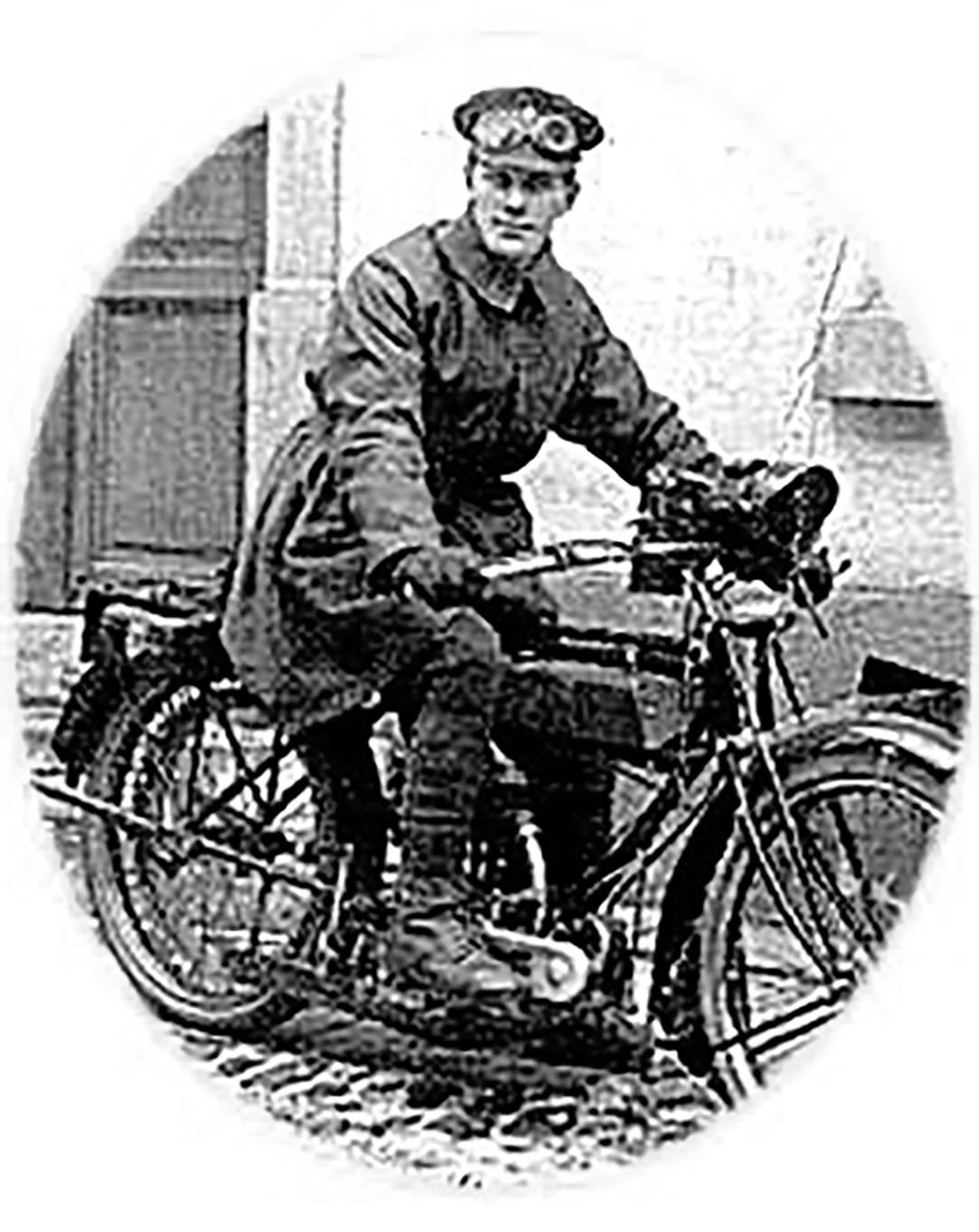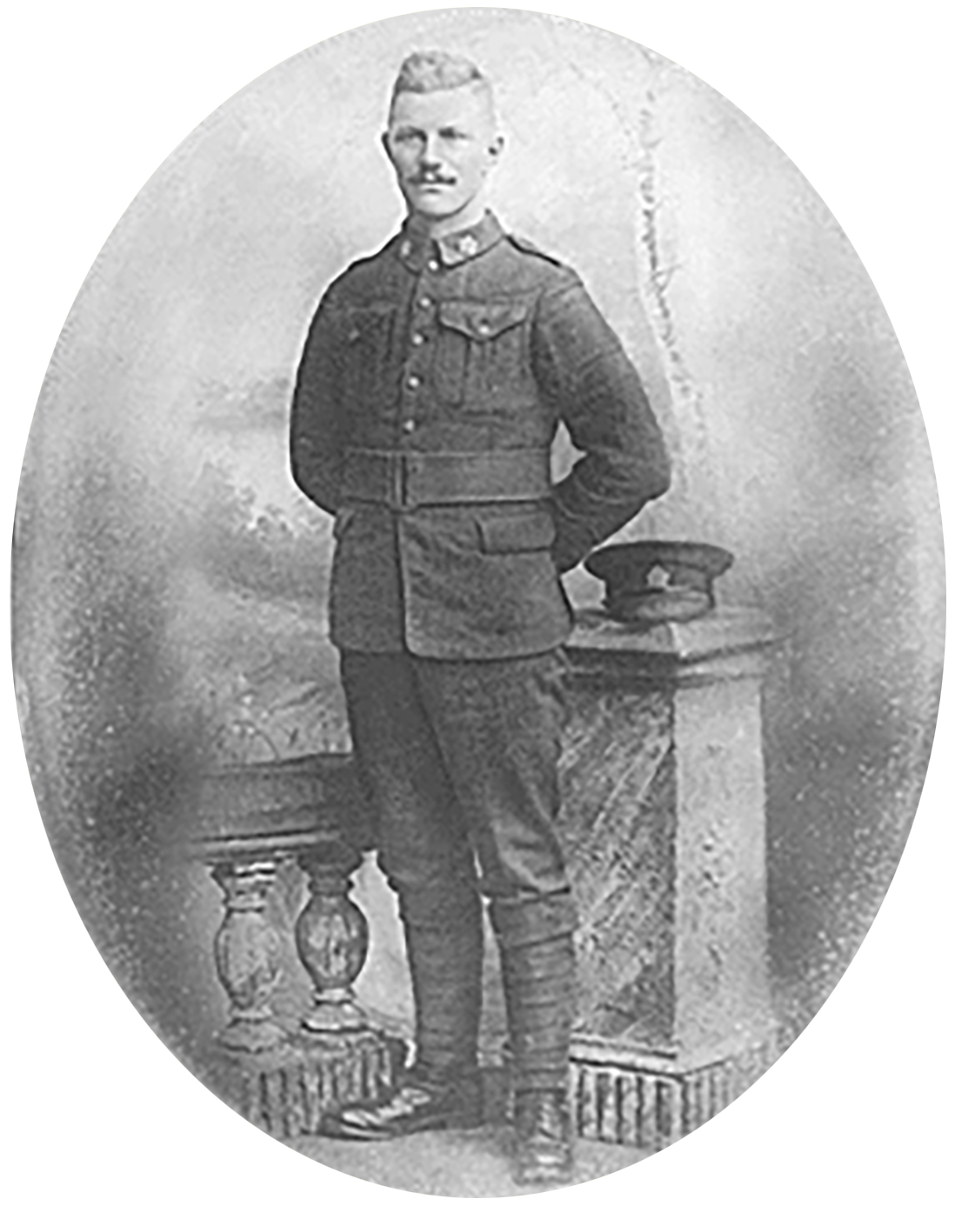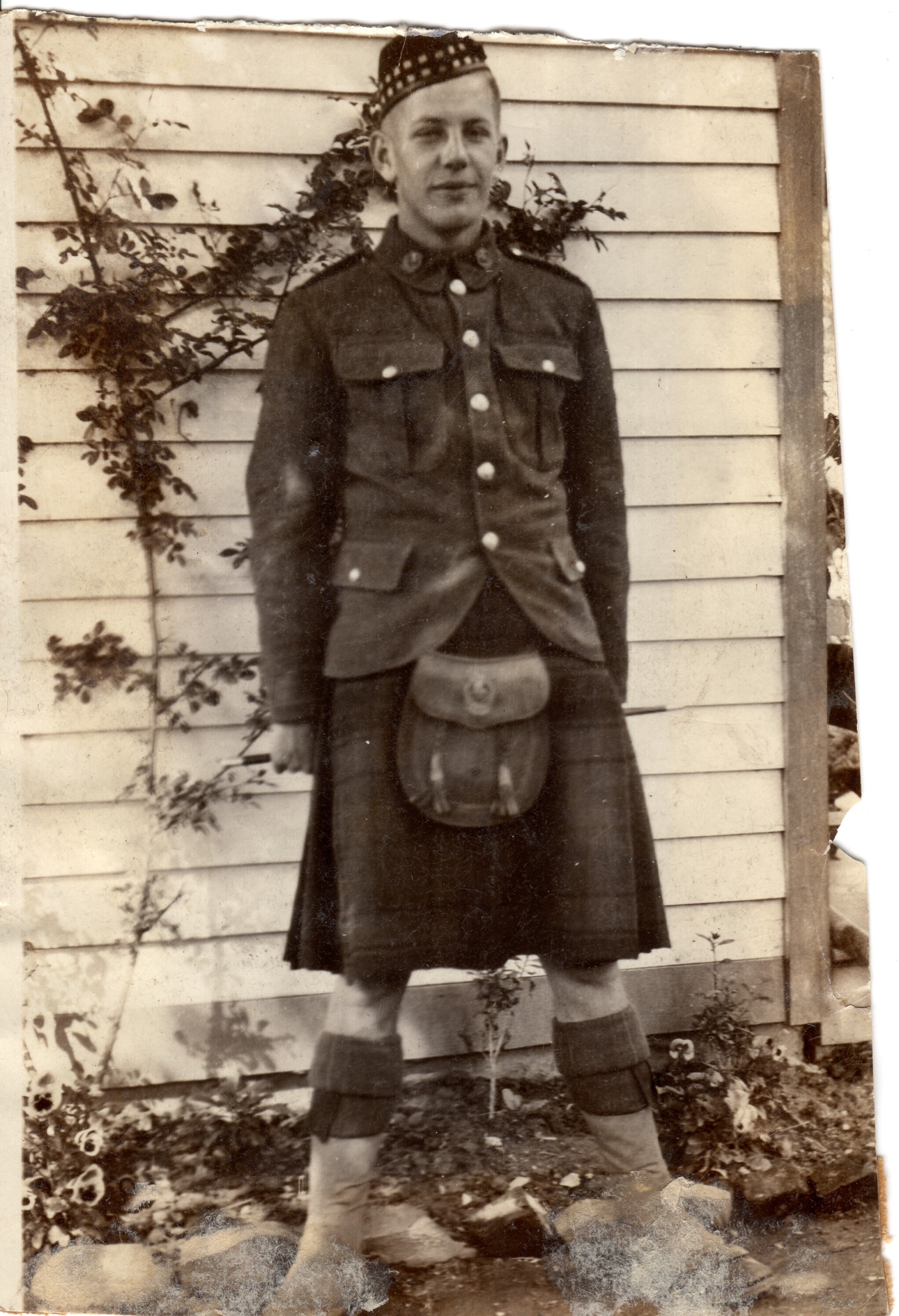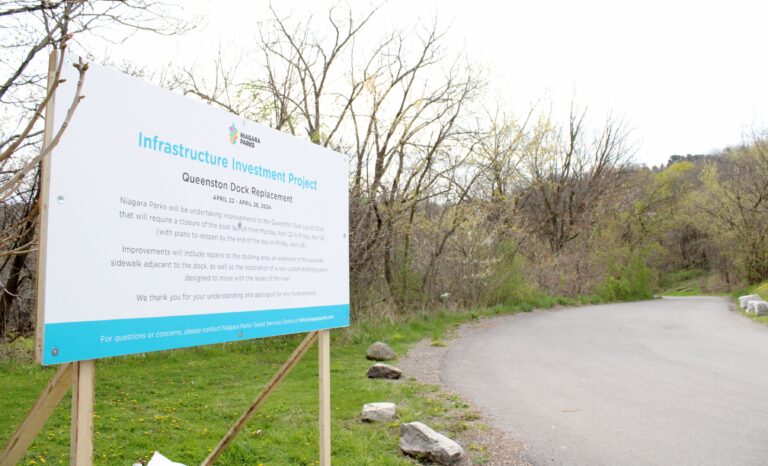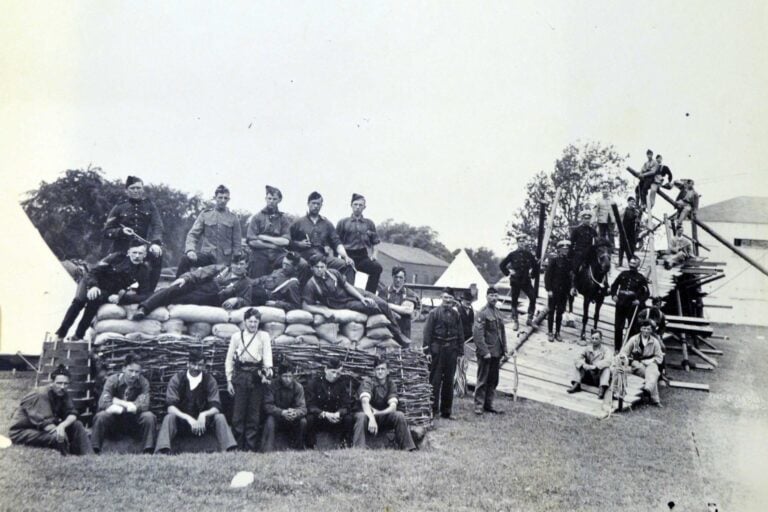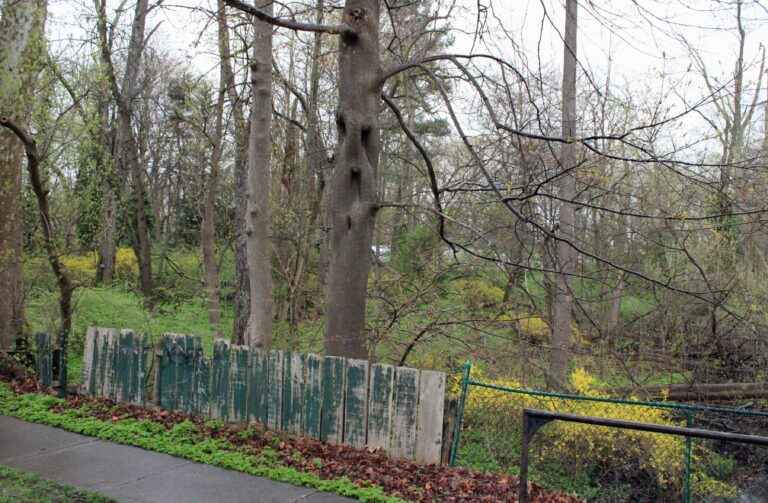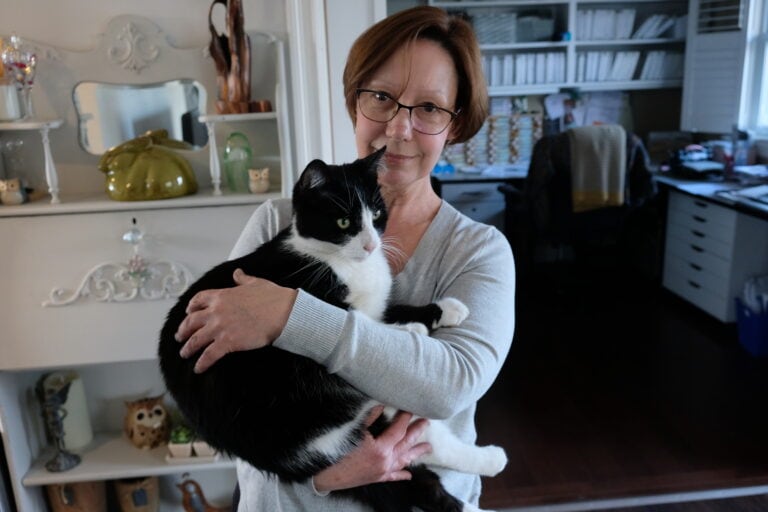This year marks the 100th anniversary of Niagara-on-the-Lake’s iconic clock tower cenotaph. In recognition of the cenotaph’s century of service through two world wars and beyond, NOTL historian Ron Dale has been researching the stories of the people – all men – whose names are engraved on it. This is one in a series of stories to document and remember the sacrifices these combatants made. Future instalments will commemorate those named on the Queen Street cenotaph and on the municipal memorial in Queenston.
Ron Dale
Special to The Lake Report
In the first two years of the First World War, three of Joseph and Emma Houghton’s four sons marched away to war.
Only one returned.
Joseph and Emma emigrated from England and settled in Niagara-on-the-Lake, where Joseph worked as a gardener.
The couple had four sons between 1889 and 1900: Thomas, Joseph, Robert and Francis Harold.
Tom trained as a tinsmith and was working as a pattern maker in Niagara while his brothers Robert and Joseph moved to Toronto.
Joseph worked as an undertaker and Robert was employed by the post office. Francis Harold was still in school when war broke out and was too young to enlist.
While the Houghton family was flourishing, trouble was brewing in Europe.
On Aug. 4, 1914, Britain declared war on Germany. As part of the British Empire, Canada was automatically included in the British declaration of war.
Among the first Canadians to answer the call to arms was Joseph Houghton.
He had been a militiaman for a few years, serving in the 10th Royal Grenadiers of Toronto and immediately enlisted for overseas service on Aug. 9.
With others, he was sent to Valcartier, Que., where he joined the 4th Battalion, Canadian Expeditionary Force.
After very rudimentary training at Valcartier, the 4th Battalion was shipped to England, arriving on Oct. 14, 1914.
There they received further training and were soon sent to France, landing on Feb. 11, 1915, and were quickly thrown into action.
Joseph fought at the Second Battle of Ypres and suffered from the first major poison gas attack of the war.
He was evacuated from the battlefield and sent back to England to recuperate. He would take almost a year to recover. He finally rejoined the 4th Battalion in France on April 7, 1916.
While Joseph was recuperating from being gassed, his older brother Tom, who had married in 1913, enlisted for overseas service.
Joseph had also been a militiaman, serving in the 9th Field Battery of the Canadian Field Artillery when he volunteered for active service on June 10, 1915, enlisting in the 36th Battalion, Canadian Expeditionary Force.
He was soon shipped out of Canada, landing in England on June 28. He underwent a period of training and was shipped out again.
On April 24, 1916, he was attached to the Canadian Army Medical Corps in Salonica, Greece. He arrived in Greece only a couple of weeks after his younger brother Joseph was sent back to the trenches of France.
Meanwhile, another Houghton boy enlisted.
Robert signed up on Feb. 18, 1916, joining the 134th Battalion (the 48th Highlanders) of the Canadian Expeditionary Force.
Following a brief spell of training at Niagara Camp in Niagara-on-the-Lake, he was sent to England, arriving on Aug. 19, 1916, where he was transferred to the 15th Battalion, which was fighting in France at the time.
In Salonica, Tom Houghton had received word that two of his brothers were now serving in France.
Tom submitted a request on Feb. 6, 1917, to be transferred to the 4th Battalion, which was fighting in France, “to be with my brother J.H. Houghton.”
While the army was mulling over his request over the next several months, his plans to rejoin at least one of his brothers met with disappointment and tragedy.
Joseph was wounded at the Battle of Vimy Ridge on April 9, 1917, shot through the left leg. By the time he recovered on May 11, 1918, he was transferred to the Canadian Machine Gun Corps.
When Tom’s request was finally granted and he was able to join the 4th Battalion, arriving in France on April 4, 1918, brother Joseph was in hospital in England, prior to his transfer to the Machine Gun Corps.
In the meantime, their younger brother Robert was fighting in France in the 15th Battalion.
His luck ran out on Aug. 15, 1917, at the Battle of Hill 70. The Canadian Corps assaulted a strong German position near Lens, to draw German units from the area of the main British assault at Passchendaele.
Robert was hit and initially reported as wounded and missing, but later assumed to have been killed in action. His body was never identified.
On Oct. 1,1918 Tom Houghton was fighting in the Battle of Canal du Nord. His battalion advanced north of Cambrai and was supposed to be attacking in conjunction with a British division on its flank.
However, the British attack failed while the Canadians advanced, exposing them to flanking German machine-gun fire. Tom was killed right after going “over the top.”
He lies buried in the Sancourt British Cemetery, Pas du Calais, France.
Tom Houghton was the last Niagara-on-the-Lake soldier to die in the First World War.
Of the three Houghton boys who enlisted, only Joseph survived. He had been gassed at Ypres and wounded twice, but survived. He died on April 5, 1967.



